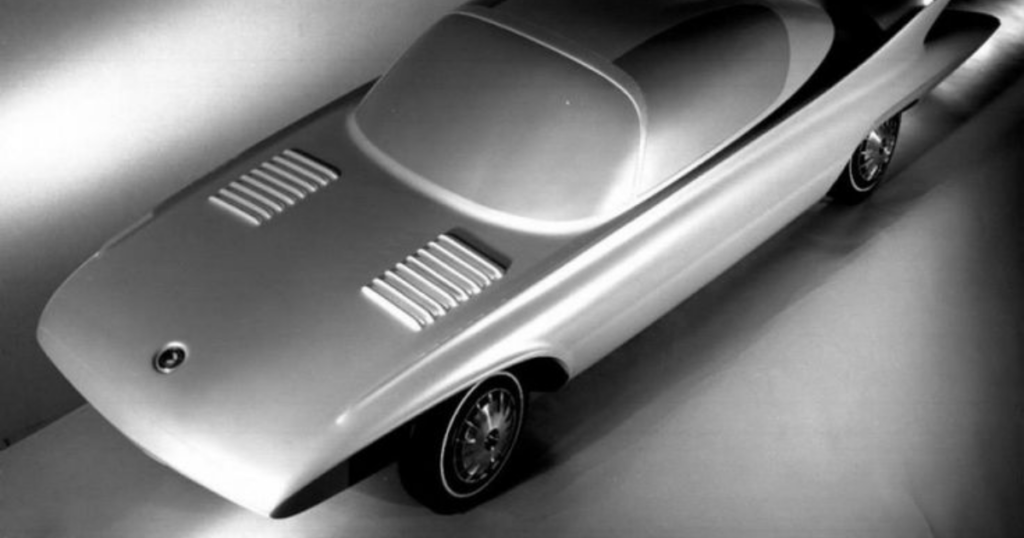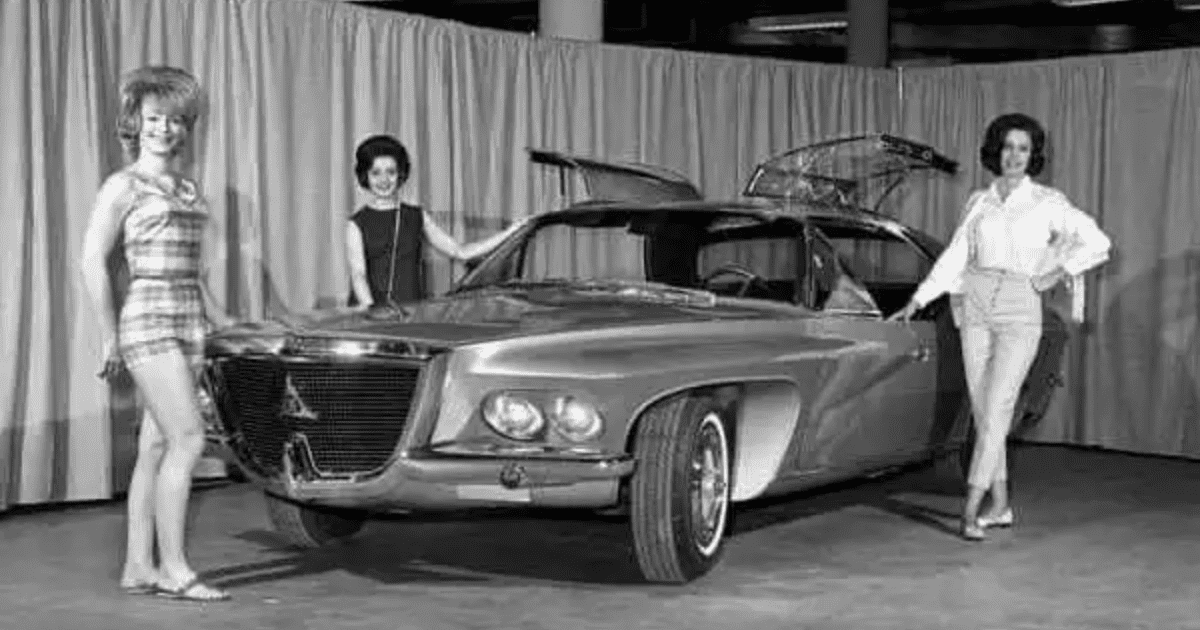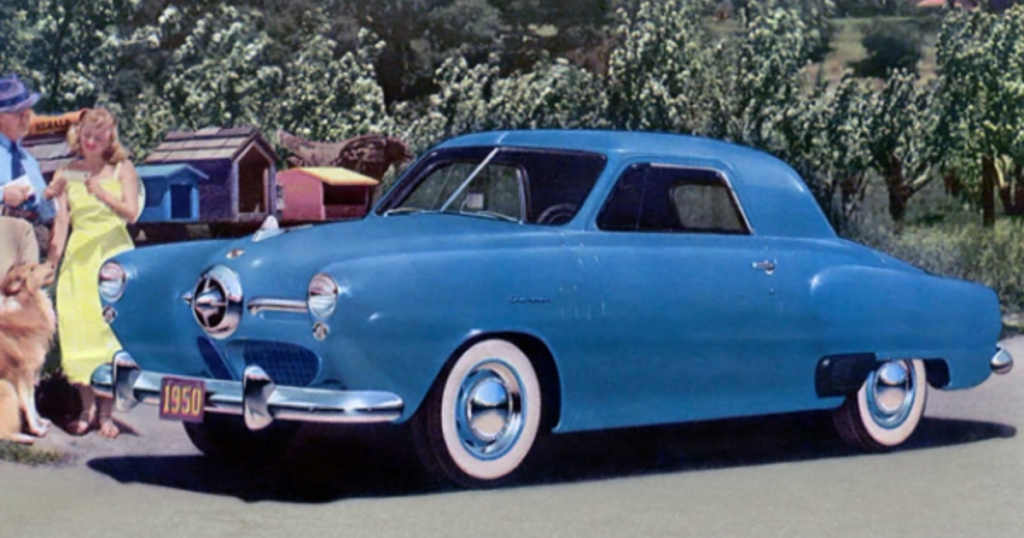
Even though the brand wouldn’t last long in 1959, DeSoto showed off the hydrogen-powered Cella I, a very futuristic concept car.

It was already being talked about in the top offices at Chrysler in January 1959 to get rid of the DeSoto brand. As we all know, the division was shut down for good on November 30, 1960. Even so, this very forward-leaning car, which was the pet project of DeSoto head engineer A.E. “Kim” Kimberly (shown above), made its debut. Kimberly was the man who came up with the idea for the DeSoto Adventurer. He called it the Cella I, after the advanced way it would move: a hydrogen-oxygen fuel cell.

It might not be fair to call the fuel-cell propulsion methods of 1959 “advanced.” A better word might be “theoretical.” Fuel-cell power as we know it didn’t really take off until the work of British scientist Francis Thomas Bacon a hundred years later, even though Sir William Grove had shown the idea before. Pratt and Whiney paid for the rights to use his work and started the UTC Power section in 1958 to work on fuel cell technology that NASA would later use. In the same way, the Cella I’s publicity papers were very vague, saying that the power source was “an electrochemical principle based on new scientific developments.”

For short, the H2-O2 fuel-cell unit (which was never shown in a picture but fit under the hood) would power four electric motors, one for each wheel, which would be connected to the hubs by stubs and joints. So, there was no need for a gearbox or differential to get four-wheel drive, and regenerative braking was said to be part of the deal. But there are no records of any efforts to make a prototype that works. The Cella I was only seen in drawings and as a 3/8-scale model.

The Cella I’s planned cockpit had DeSoto’s swivel bucket seats, a yoke-style steering control, and a periscopic rearview mirror that got rid of the need for a backlite. The fuel cell provided electricity for the heater and defroster. It also ran a small fridge for stored food and drinks. The two people sitting in the back could watch TV on a swing-out screen or listen to music on a sound system.
The Cella I was shown to the public for the first time at the Chicago Auto Show on January 22, 1960. In a news release, the show called it “an idea car that might be seen within a generation.” Even though DeSoto will soon be out of business, some hydrogen fuel cell cars are still being made, most famously the Toyota Mirai.




